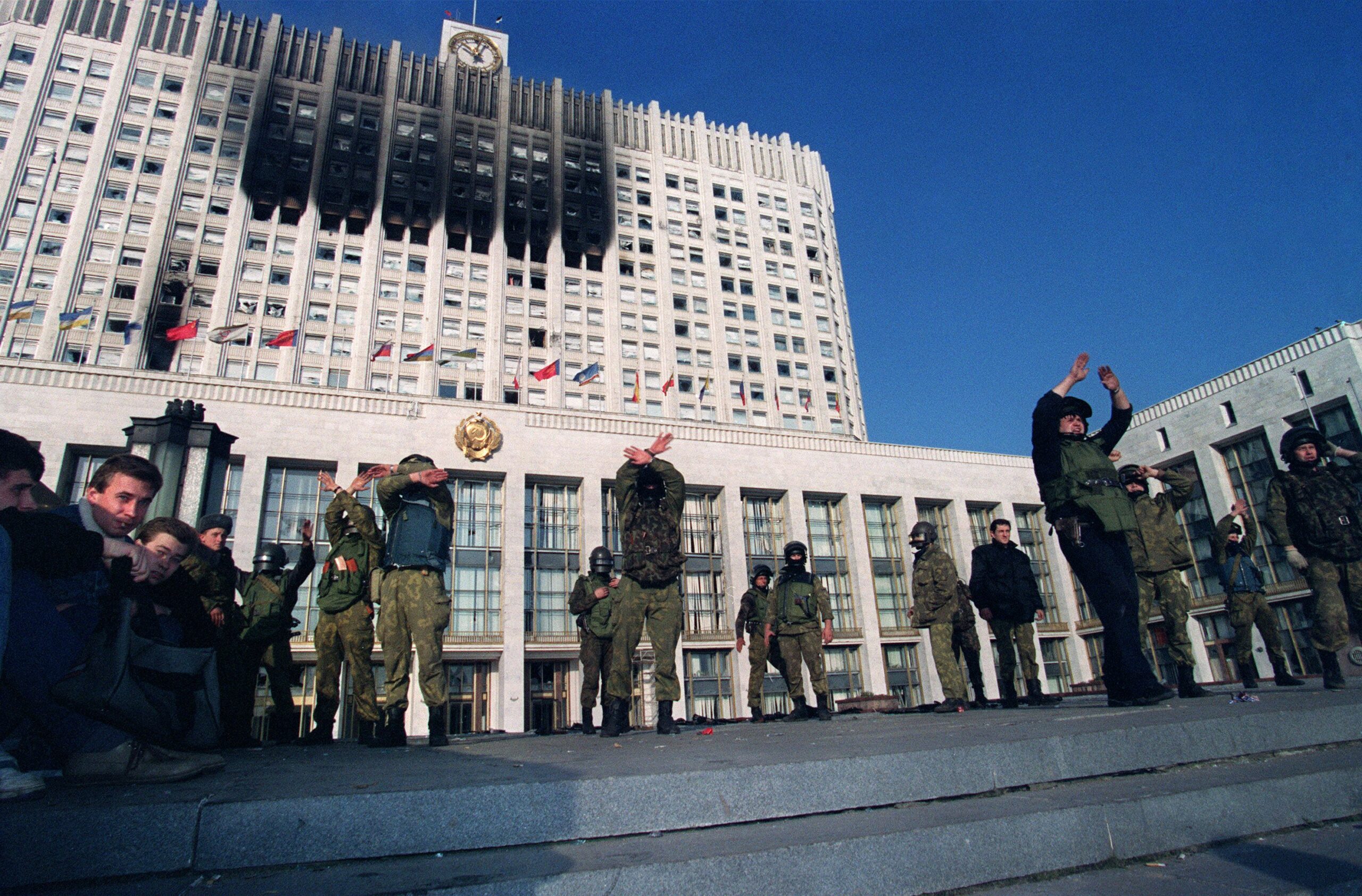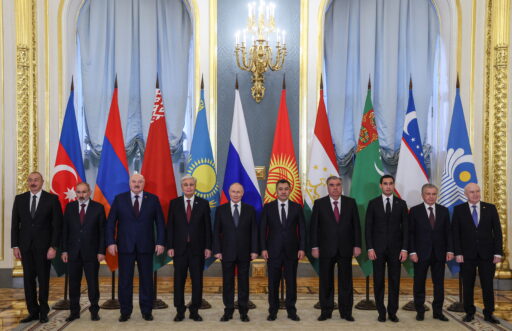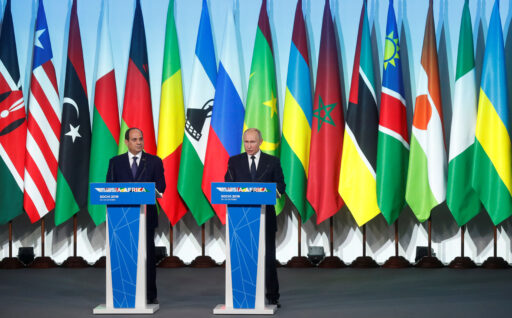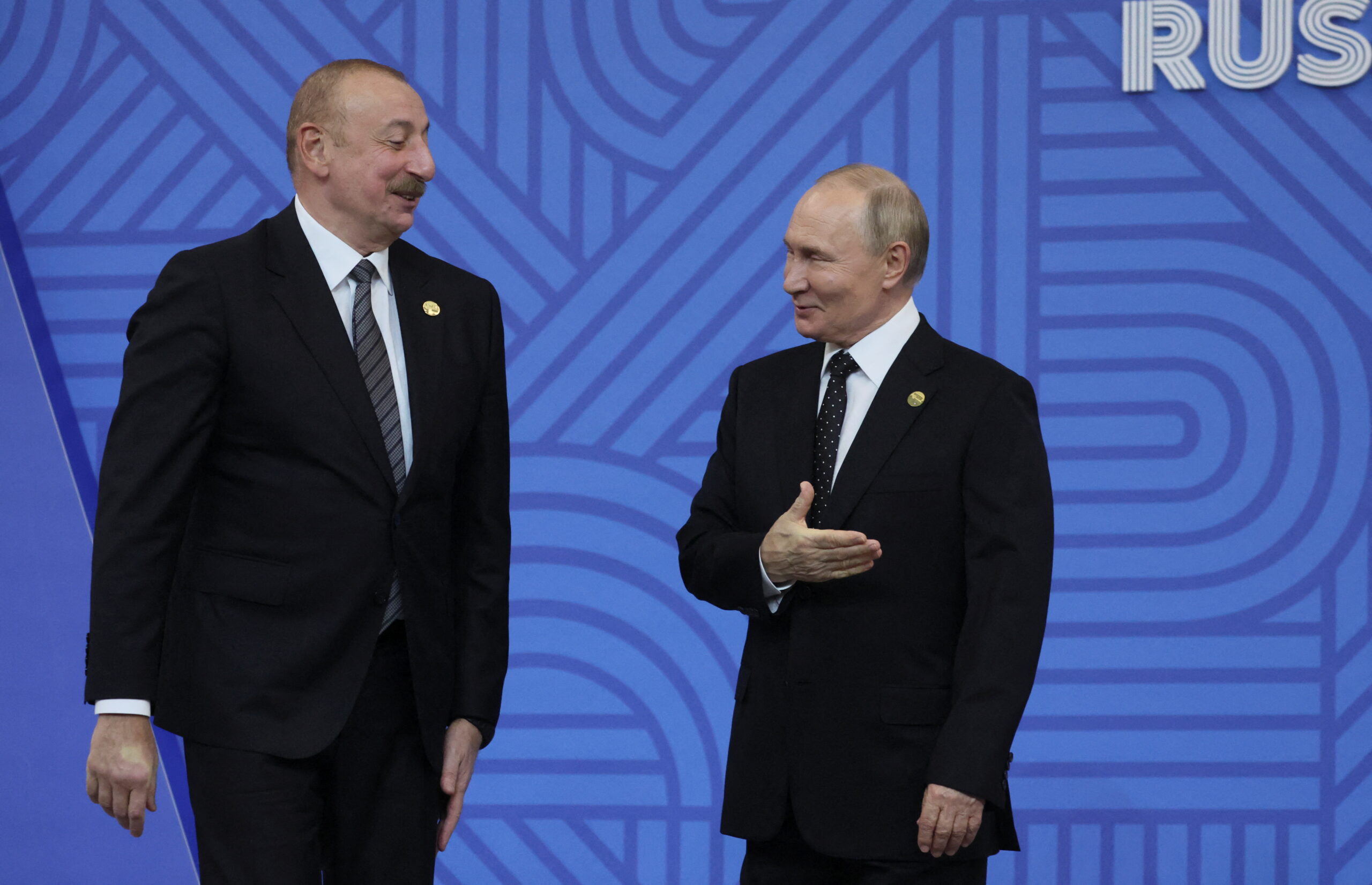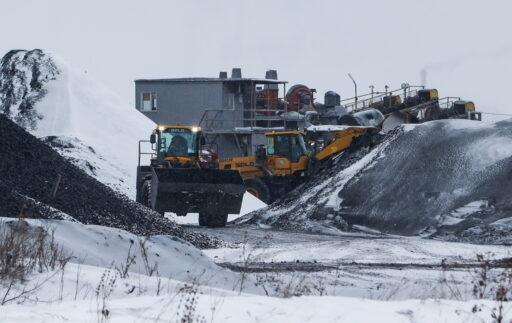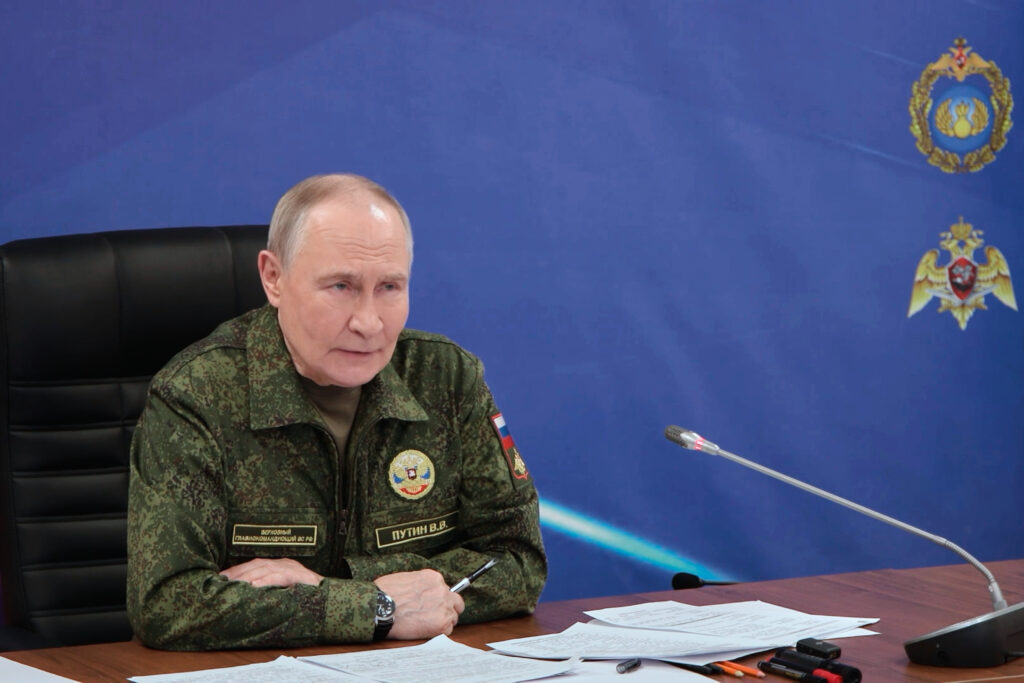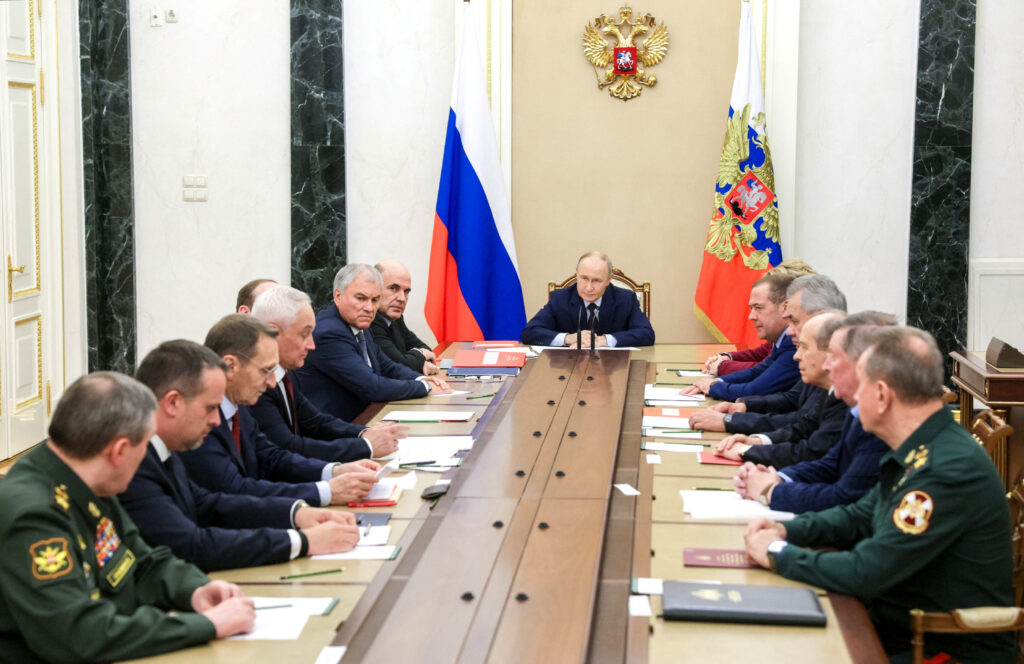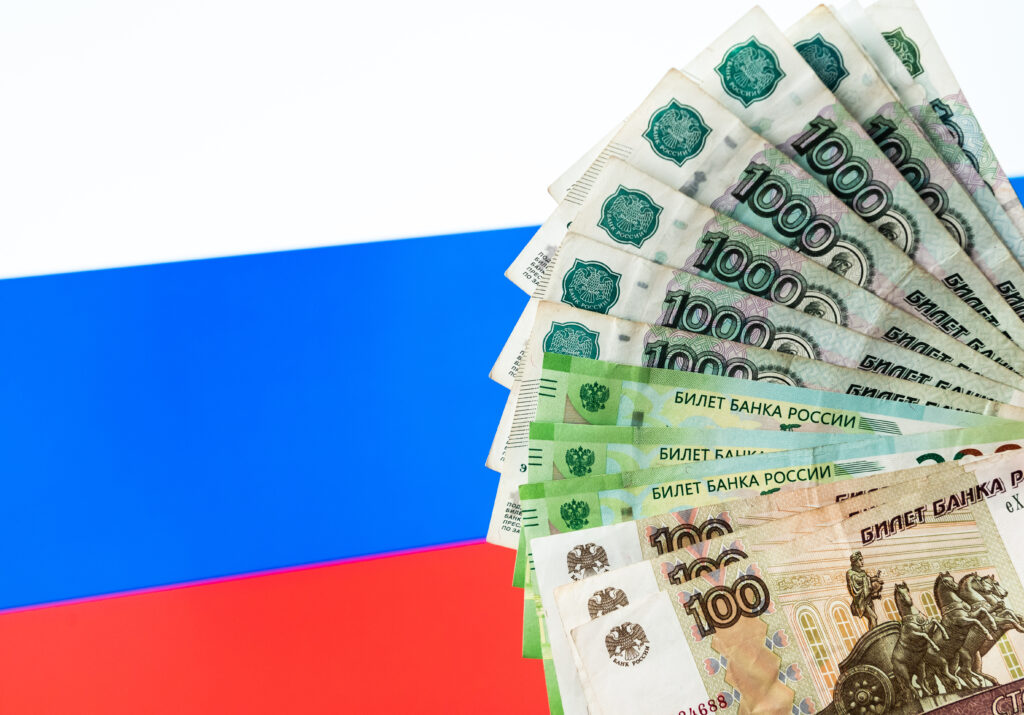Jeff Hawn’s article is an important milestone for a closer examination of the political history of the Russian Federation between 1990 and 1999. His piece is important because it focuses on the confrontation between the Congress of People’s Deputies and the President in 1992−1993. This important issue was not included in the narrative of the YouTube series Traitors released by Navalny’s team, spearheaded by Anti-Corruption Foundation Chairwoman Maria Pevchikh. Besides, the idea that «Russians should not dismiss the hypothetical possibility that the shoots of democracy will once again make their way through the asphalt» is extremely important. It is crucial to reflect on the failure of Russian democracy and learn the lessons from it in order to avoid similar mistakes when the next «window of opportunity» opens. At the same time, the Congress of People’s Deputies of 1990−1993 can hardly be considered a guarantor of freedom in Russia. Its political manoeuvring and position were one of the reasons for the bloodshed that resulted from the October 1993 crisis. The purpose of analysing the phenomenon of the Congress of People’s Deputies and its role in the events is not to whitewash Yeltsin, but to show that the Congress’s own drive to monopolise power was no less important a factor in the tragic events of 3 and 4 October in Moscow.
The struggle between good and evil?
One of the most significant events in Russian history in the 1990s was the confrontation between Russian President Boris Yeltsin and the parliament, the Congress of People’s Deputies of Russia. This confrontation was in the making throughout 1992−1993 and culminated in the shelling of the parliament building by forces controlled by the President on 4 October. Soon after, in December 1993, a new Russian Constitution was adopted by popular vote, giving the president sweeping powers. It would seem that this story lends itself quite neatly to a straightforward division between the «good guys» and the «bad guys». On the one hand, a despotic President who has removed the last obstacle to his absolute power, literally walking over dead bodies to achieve his goal. On the other side, the courageous members of the parliament who fell victim to the despot’s overweening ambition and cruelty and who tragically lost the battle for Russian democracy. From this perspective, Vladimir Putin’s rise to power is an obvious outcome: one dictator has replaced another who had laid the ground for his arrival.
But the story of the confrontation between the President and the Congress of People’s Deputies in 1992−1993 is much more complicated. The most tragic thing is that it is easy enough to find the «bad guys» and that there is more than one set of them in the story. It is much harder to find the «good guys» who fought for the «right thing». The responsibility for the bloody clashes of 3−4 October 1993 in Moscow lies not only with Boris Yeltsin, but also with the Congress of People’s Deputies and the Constitutional Court. For most of those involved in the 1992−1993 power struggle, the interests of Russian citizens were, at best, of secondary importance. The interests of the people, as well as considerations of «legality» and «legitimacy» invoked by all parties to the conflict, were merely a smokescreen masking their real objectives: the expansion of their own power and privileges.
Was the Congress of People’s Deputies really a democratic parliament?
The political system of the Russian Federation in 1990−1993 is often idealised by praising the parliament, the Congress of People’s Deputies of Russia. Jeff Hawn sees it as the institutional infrastructure for a functioning Russian democracy that could have ensured democratic transition in Russia. Indeed, under the Russian constitution in force until December 1993 (the former 1978 constitution of the RSFSR), the Congress of People’s Deputies was the central and most important authority/body or power in Russia. According to Article 104 of the Constitution, «the Congress of People’s Deputies of the Russian Federation shall have the right to consider and decide on any question within the competence of the Russian Federation». In addition to the power to dismiss the President, to annul his decrees and orders, it elected the members of the Constitutional Court of Russia, approved the Head of Government and had the exclusive right to amend the current Constitution and even to adopt a new one.
A clear distinction should be made between the Congress of People’s Deputies and the Supreme Soviet of Russia. The Congress consisted of 1,068 deputies and met several times a year to decide on the most important political issues. The Supreme Soviet consisted of 241 deputies and worked on a permanent basis between Congresses; its composition was also decided at Congresses. The Congress of People’s Deputies of Russia met ten times between 1990 and 1993, the last time in October 1993. The composition of the Congress had not really changed since the elections in March 1990. In practice, this meant that any «democratic» majority in the Congress was out of the question. A significant proportion of the deputies had quite conservative political outlook and were critical of the democratic movement and the liberal reforms.
The very scope of Congress’s powers prevents it from being considered a democratic body. A democratic political system presupposes a system of checks and balances, which precludes the possibility of any one authority being able to dominate all the others. Because the Congress had the legal authority to amend the Constitution, it had done so repeatedly, passing/introducing more than 200 amendments. Jeff Hawn mentions these amendments as something positive — some of them did indeed concern human rights, economic freedoms and a move away from socialism. Yet at the same time, Congress has passed many amendments that have increased its power and reduced the power of the President. There was a certain underhandedness to this, as the Congress repeatedly called on President Yeltsin to respect the rule of law and the Constitution. Yet at the same time, the Congress itself repeatedly changed the framework and norms of this «legality.»
The imbalance in the political system in Russia between 1992 and 1993 dates back to 1990. At that time, the RSFSR, like the other Soviet republics, had its own Congress of People’s Deputies, which met several times a year and formed the permanent Supreme Soviet of the RSFSR. It is important to note that in 1990 Boris Yeltsin was an extremely well-known and popular politician in Russia, but he had no decisive influence on the Congress of People’s Deputies of the RSFSR. Yes, in May 1990, Yeltsin was elected Chairman of the Supreme Soviet of the RSFSR, but only in the third round and by a very narrow margin.
Yes, in June 1990, the absolute majority of deputies supported Yeltsin’s draft declaration on the sovereignty of the RSFSR. But they did so not because of his power or charisma, but because of their own grievances against Gorbachev. The proclamation of sovereignty gave the RSFSR Congress more authority and resources to govern Russia without regard to general pan-Union institutions such as the President of the USSR or the Communist Party of the Soviet Union. It is therefore difficult to agree with Jeff Hawn’s assessment that «Yeltsin led the Congress to break away and to declare the sovereignty of Russia.» It can be said that in June 1990, both the Congress and the President were interested in adopting the Declaration of Sovereignty.
Was the Congress under Yeltsin’s control? This question should be answered in the negative. The interests of Yeltsin and the Congress largely coincided for as long as the USSR existed. In this sense, the joint efforts of the President and the Congress of People’s Deputies of the RSFSR were an important tactical alliance against Gorbachev and the Union’s leadership. The decisive success of this alliance was the victory of August 1991, the failure of the coup, when the Russian parliament and President became symbols of the struggle against the Putchists. Even after August 1991, though, the President did not have his own powerful «faction» or «party» in the Congress. The Congress supported Yeltsin as long as their interests coincided. Soon, however, there appeared a marked divergence between the two sides. Moreover, the situation in the country changed dramatically between March 1990 and September 1991. In March 1990, the Congress was elected as a republican body within the USSR, and in the autumn of 1991, it became the main body of power in independent Russia. It is still a big question mark as to whether the deputies of the 1990 elections were up to the task of formalising the new Russian state.
Constitution and economic reforms: who is to blame?
Four days after the adoption of the Declaration of Sovereignty of the RSFSR, on 16 June 1990, the Congress of People’s Deputies of the RSFSR decided to establish the Constitutional Commission. Boris Yeltsin was elected its Chairman, but the executive secretary, People’s Deputy Oleg Rumyantsev, became its actual head. By the autumn of 1991, the Commission had prepared a draft of the new Constitution. After the failed coup of August 1991, the question of formalising the new Russian statehood became more and more acute. The Russian leadership, like the leadership of all the other republics, sought to solve their own country’s problems, refusing to save the «Union», which nobody cared for anymore. Under these conditions, several policy directions became priorities: the adoption of a new Constitution establishing an independent Russian state, the implementation of an independent economic policy and market reforms in Russia.
Jeff Hawn writes: «Yeltsin dithered on new elections, electoral laws and enacting the Constitution, despite all this being easily achievable in fall of 1991.» In fact, it would not be entirely fair to blame Yeltsin alone for dragging out the process. The draft of the Russian Constitution was submitted to the Fifth Congress of People’s Deputies of the RSFSR, which met in October 1991. Yeltsin himself, as Chairman of the Constitutional Commission, made a report on the draft Constitution. According to the President, «a rather solid document has been prepared and it is possible and necessary to reach the goal of its discussion and adoption.» At the same time, Yeltsin did not insist on the immediate adoption of the Constitution. According to his team (Yegor Gaidar, Gennady Burbulis), the first priority was to stabilize Russia’s economy and carry out market reforms. Already at the time, the program proposed by Gaidar’s team at the Congress seemed utopian to some deputies. For example, it was supposed to overcome the main difficulties within a year and then move on to gradual growth. Nevertheless, the deputies did not go beyond mild criticism, did not put forward alternative proposals and approved Gaidar’s reform project. To implement the economic program, Yeltsin demanded emergency powers and a one-year moratorium on elections, to which Congress readily agreed. First, Yeltsin’s proposal extended the powers of the parliament for another year because of the the moratorium on elections. Second, it shifted all responsibility for complex reforms to the government and the President. The same was true of the draft Constitution. This is how Ruslan Khasbulatov, the Chairman of the Congress, reacted to the document: he proposed not even to «approve it as a whole», but simply to «take note of it», which was supported by the majority of deputies. In effect, the deputies postponed the complicated process of approving the new Constitution «for later».
With the economic reforms proceeding without much success in 1992, the divergence between the President and the Congress intensified. As we have shown, in October 1991 the Fifth Congress unconditionally supported the President’s reform project and granted him emergency powers. However, as early as April 1992, the Sixth Congress sharply criticised the reforms, demanded substantial adjustments and proposed a series of economic measures. The then Prime Minister Yegor Gaidar assessed the Congress’s intervention in economic reform as follows: «Resolutions are passed ordering the government to reduce taxes, increase subsidies, raise wages and limit prices, and all this is done practically from the floor, without any discussion, without any analysis of material resources and possibilities. Just a meaningless series of mutually exclusive measures».
We do not want to evaluate Gaidar’s economic reforms and the proposals of the Congress. Our point of view is different. In a situation of acute economic crisis and having previously agreed to give its full support to the President, the Congress actually withdrew its consent and support for the reforms and put forward its own proposals. The subsequent negotiations between the Congress and the President give no reason to speak of Yeltsin’s alleged despotism or harsh enforcement of his position on his side. For example, at the insistence of the Congress, Yeltsin dismissed some members of the government and replaced them with people more loyal to the Congress (including Shumeiko and Chernomyrdin).
The Seventh Congress held in December 1992 rejected Yeltsin’s request to extend his emergency powers and to approve Yegor Gaidar as Prime Minister. On the one hand, the Congress’ refusal is understandable. In October 1991, the President had promised rapid market reforms that would take no more than a year and stabilize the economy. On the other hand, the Congress can also be accused of inconsistency. After initially failing to propose an alternative reform programme, it unconditionally supported the Yeltsin-Gaidar reform project and granted the President special emergency powers. Only a few months later, however, it unleashed a torrent of criticism against the very people to whom it had previously entrusted the responsibility for reform. From a PR point of view, this was a good strategy: it showed that the Congress was concerned about the fate of ordinary people in times of crisis. In reality, however, the move made reforms more difficult and prolonged the crisis.
In addition to economic reform, the question of a new Constitution was also «hanging in the balance.» With time, the President was becoming increasingly interested in building a new power structure without the Congress, which previously had «a controlling stake in the government.» By the end of 1992, Congress was not interested in approving the new Constitution, as this would naturally end its powers and introduce elections to new power bodies. Moreover, in December, several amendments to the old Constitution were adopted, limiting the powers of the President. Understandably, such a turnaround — from the President granting special emergency powers to curtailing his basic ones — could not but anger Yeltsin. A conflict began, which was ultimately resolved with the mediation of the Constitutional Court. A compromise was reached between the two power structures. A referendum on the main provisions of the new Constitution was scheduled for April 1993. The amendments to the old Constitution, which had limited the powers of the President, were frozen.
However, as early as March 1993, the Seventh Congress of People’s Deputies rejected the earlier compromise with the President and adopted amendments limiting the President’s powers. In response, on 20 March 1993, Yeltsin issued a decree «On the Special Regime of Governing the Country», effectively ending the work of the Congress. In response, the Congress reconvened on 26 March and, at its ninth session, voted to impeach the President. The idea of impeachment did not get enough votes, but it heated up the relationship between the Congress and the President to the breaking point. But even here, Yeltsin cannot be accused of despotism and asserting his own interests. After the impeachment failed, he reached a compromise with the Congress to hold a referendum on the question of confidence in both authorities and their early elections.
Was Yeltsin’s 20 March 1993 decree «On the Special Regime» a drastic political step? Absolutely it was. But it is important to consider its context in order to fully understand this decision. In 1992−1993, the Congress repeatedly changed its decisions with regard to the agreements it had previously reached with the President. Moreover, as the conflict escalated, there were fewer and fewer ways to resolve it in strict accordance with the law. The problem was that the Congress, which had the exclusive right to edit the Constitution, kept changing it by introducing more and more amendments. Moreover, as the December 1992 compromise showed, there were possibilities for a referendum regarding the new Constitution. But it was the decisions of the Congress that scuppered this initiative and once again intensified the struggle for power.
After March 1993, discussions on the drafting of the new Constitution continued. In June 1993, Yeltsin initiated the creation of the Constitutional Commission, a special body that included both representatives of the presidential team and members of the Congress. Despite the fact that both «teams» cooperated during the work, the Constitutional Conference took the «presidential» draft as its basis. There was also another problem: under the current Constitution, only the Congress had the power to adopt a new Constitution. Naturally, the Congress refused to accept the «presidential» version and agreed to approve only its own. in July 1993, Ruslan Khasbulatov, the chairman of the Congress, declared that the Congress should remain the main organ of power and that the political system based on the Congress should be preserved. By August 1993, the situation had reached a deep impasse and, given the positions of the main acting parties, could not be resolved normally on the basis of the existing laws.
The role of the Constitutional Court: equidistance?
In the current political crisis, the Constitutional Court was exactly the right body to play the role of a mediator and lead the country out of the confrontation between the two branches of government. Jeff Hawn writes: «Ultimately, the Court in serving its function as an arbiter gained enemies on both sides, and very little recognition for its critical role in actually trying to uphold rule of law.» One can only partially agree with this thesis. Until September 1993, the Constitutional Court could be said to have enjoyed/practiced relative equidistance. But that ended on 21 September 1993.
Then, on 21 September, President Boris Yeltsin published his Decree No. 1400, which dissolved the Congress and called for elections to a new parliament: the State Duma. The Constitutional Court of Russia, which convened on the same day, concluded that the decree «does not comply […] with the Constitution of the Russian Federation and serves as a basis for removing the President of the Russian Federation B. N. Yeltsin from office or for activating other special mechanisms of his responsibility.»
It seems that the assessment of the Constitutional Court can and should serve as a basis for an objective analysis of the political crisis. The Court has ruled that the decree is incompatible with the Constitution, what is there to question? To understand the problems with this ruling, however, it is necessary to refer to the dissenting opinions of four judges: Morshchakova, Kononov, Ametistov and Vitruk. All of them pointed to procedural and legal errors committed by the Constitutional Court in issuing its opinion. In fact, as the Constitutional Judges themselves point out, the Court’s ruling violated the Russian Constitution, as did Yeltsin’s decree. The text of the Constitutional Court’s opinion and the dissenting opinions is available here.
Was there an impeachment?
Jeff Hawn writes: «…as of September 21 [Yeltsin] had been removed from office as the parliament had impeached him and the Constitutional Court had upheld this [decision].» Under the Russian Constitution at the time, only the Congress, or at least two-thirds of the deputies (i.e. at least 712 people), could decide to impeach the President. In fact, on the night of 21−22 September, a vote on the impeachment of President Yeltsin was held in the parliament building. The only difference was that the issue was discussed not by the Congress but by the Supreme Soviet. It should be remembered that the Supreme Soviet functioned between sessions of the Congress, but it had no power to remove the President from office, which only the Congress could do. Between 21 September and 4 October 1993, there were not enough Duma deputies in the parliament building to take a decision on impeachment. Therefore, the dismissal of President Yeltsin by the Supreme Soviet cannot be considered legal (and nor can the transfer of the powers of the President of Russia to Vice-President Alexander Rutskoi).
Nationalism and revisionism: who is more to blame?
Jeff Hawn writes: «Far from preventing the rise of Russian revanchist nationalism, Yeltsin paved the way for it.» Indeed, one should not underestimate the imperial tendencies in Yeltsin’s thinking. Suffice it to recall the published recordings of President Yeltsin’s negotiations with US President Clinton in 1999, in which the Russian president said: «I ask for one thing: give Europe to Russia. The United States is not in Europe. Europe should be the business of Europeans. Russia is half European and half Asian.» Moreover, we can recall the war in Chechnya, Russia’s intervention in the conflict in Transnistria, and the conflict with Ukraine over the division of the Black Sea Fleet.
Was the Congress of People’s Deputies better than Yeltsin in this respect? We can safely say that it was not. On 9 July 1993, the Russian Supreme Soviet, which was in an acute phase of confrontation with the President, issued a decree «On the Status of the City of Sevastopol», effectively declaring the city to be Russian territory. Jeff Hawn describes this decree as «controversial», which is a rather mild was of putting it. Published at a time of acute political crisis, the decree is puzzling not only for its untimeliness, but also for the lack of political calculation behind it. How the Supreme Soviet intended to «return» Sevastopol to Russia is a mystery. One can, of course, argue that it was nothing more than just a parliamentary declaration. But the problem was that this decision was made by the country’s main institution of power. According to the Constitution, the Congress of People’s Deputies had the right to decide on any issue, and in strict accordance with the law, it did not even violate anything by making such a decision.
Words and deeds: the events of 21 September — 4 October 1993
Shortly after the publication of Presidential Decree No. 1400, the Parliament building (the so-called White House) was cut off from the city’s utilities: electricity, water and heating. The building was cordoned off with police posts and fenced off with spirals of barbed wire.
From 1 to 3 October, negotiations took place in the Danilov Monastery between representatives of the President, the Congress and the Constitutional Court, mediated by the Russian Orthodox Church. Initially, the parties were able to make some progress. Electricity, heating and water supplies were restored on 1 October. But further negotiations on the removal of weapons from the White House stalled and were broken off on 3 October.
On 3 October, an armed crowd of parliamentary supporters broke through the blockade of the White House, seized the Moscow City Hall building and moved on to storm the Ostankino television centre. The so-called «Barkashovtsy» (named after their leader Aleksandr Barkashov, a far-right radical Russian nationalist and founder of the neo-fascist paramilitary organization Russian National Unity) took part in the fighting in Moscow on 3 and 4 October on the side of the Supreme Soviet. In particular, they stormed the Ostankino television centre on the evening of 3 October 1993. One of the leaders of the armed organisation of the Supreme Soviet in October 1993 was General Albert Makashov, known for his xenophobic and anti-Semitic statements.
Do the circumstances described above mean that Boris Yeltsin had the right to shell the Russian parliament building using tanks? No, they do not. Since 21 September 1993, the President has taken many steps for which he has been rightly criticised to this day. For example, the decision to cut off light, electricity and heating in the White House was humiliating and unacceptable. The police blockade of the parliament and the fencing of the building with a spiral of barbed wire; the shelling of the White House using tanks; the firing on the crowd from the Ostankino television centre building — all these actions were taken on the orders of Boris Yeltsin, and he bears full responsibility for them.
However, the profound political crisis that Russia faced in the spring and summer of 1993 is the shared responsibility of Yeltsin, the Congress of People’s Deputies and the Constitutional Court. The particular way this crisis unfolded and escalated had a lot to do with Yeltsin’s personal qualities, such as his tenacity, his willingness to fight for power to the end, and his political acumen. But it is impossible to reduce the complex story of the 1992−1993 political crisis to the role of one individual. The institutions of power — both their powers and their direct actions — played a very important role. In his article, Jeff Hawn writes that «[i]t is not widely acknowledged that for a brief time Russia experienced functional rule of law and democratic institutions.» Unfortunately, between 1991 and 1993, Russia did not have enough time to develop a full-fledged system of checks and balances and the rule of law. An unbalanced political system, a refusal to take responsibility for complex decisions, the priority of power over responsibility and accountability — this was the politics of this period in Russia’s history. All these circumstances can serve as a lesson in how not to do it.
